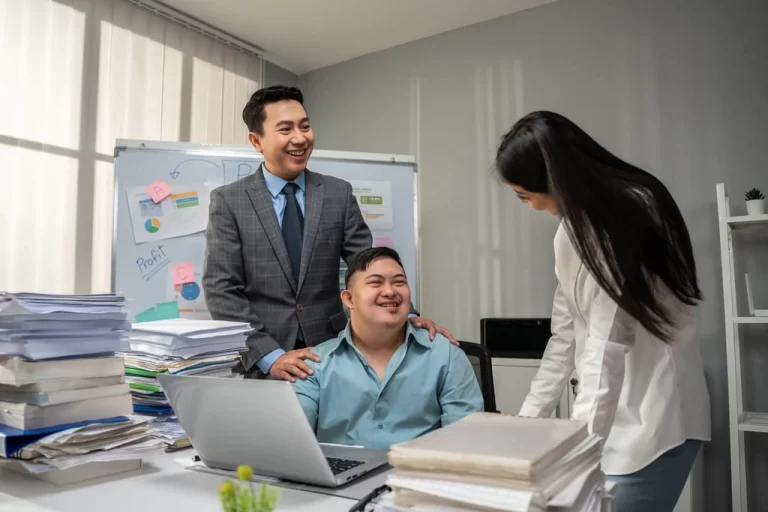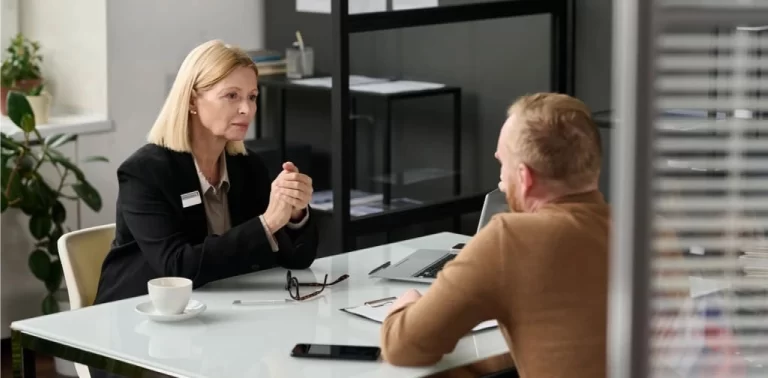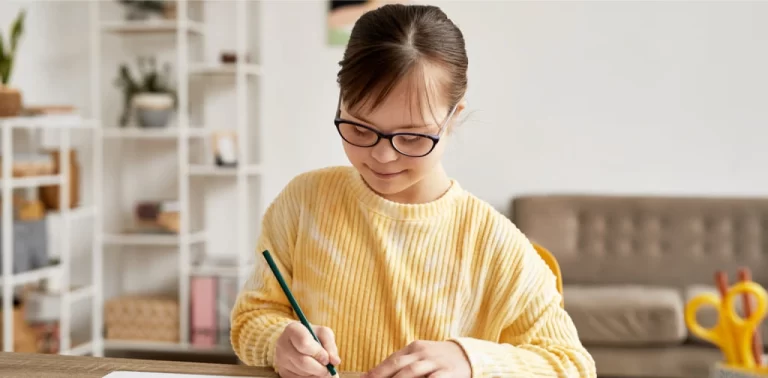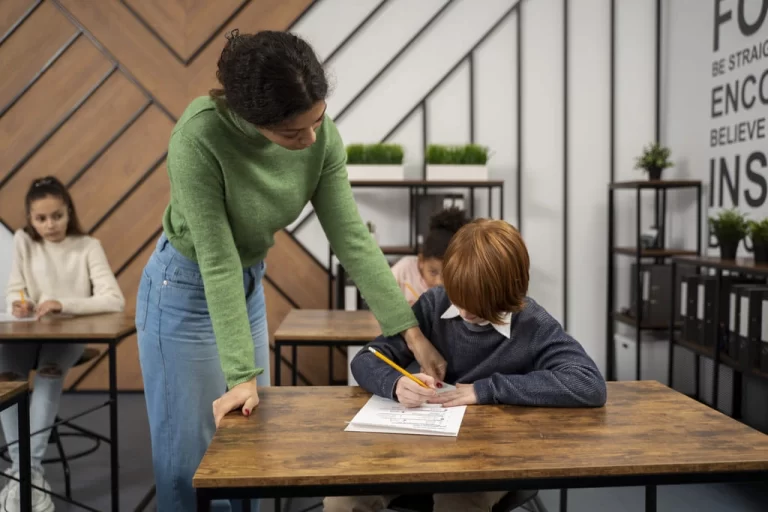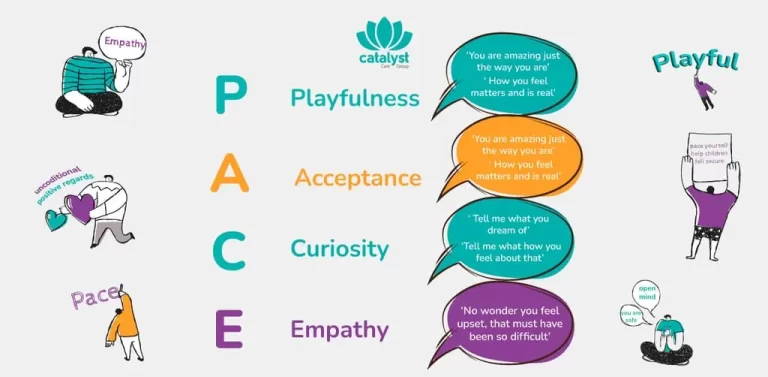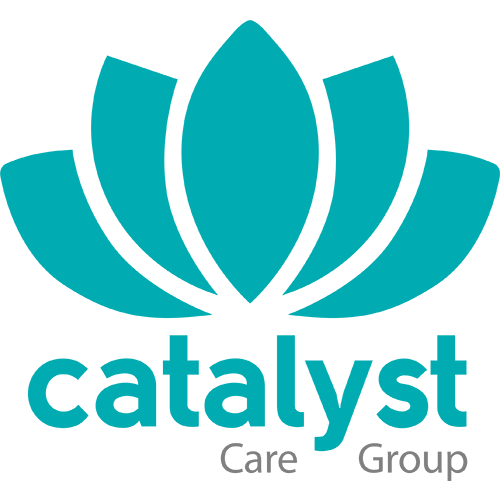The true understanding of people with learning disabilities comes not from seeing their struggles as limitations but from recognising their unique perspectives and strengths and embracing the different ways we can all contribute to the world.
Effective communication goes beyond words; it involves patience, clarity, and adaptability to ensure messages are received and understood the right way. By improving our communication skills, we create supportive environments where people living with a learning disability feel valued, respected, and empowered to thrive.
Listening to Understand
Communication isn’t just about talking; it’s also about listening to understand people and their needs. When communicating with someone living with a learning disability, think about your tone of voice, body language, and the words you use.
Communicating with people goes beyond merely speaking to them; it also involves how we listen. While every person is different, with diverse needs and abilities, everyone deserves to be treated with respect. It’s crucial for the person you’re communicating with to feel that you’re attentive, understanding, and not rushing or becoming impatient. Additionally, being able to read people’s body language and facial expressions is vital, as very often actions can speak louder than words.
What Can We Do to Understand People Better?
The most important thing is to approach people with empathy and kindness. When communicating with people with a learning disability, we often approach conversations with unconscious bias. This can impact the possibility of really seeing the person and prevent a deeper sense of meaning in the conversation. However, when we focus on listening to understand, we create an inclusive culture where everyone feels valued.
There are many things we can do to understand people better, including:
- Spread Empathy and Awareness: The theme “Do You Understand Me?” calls for a deeper empathy towards neurodivergence. It encourages society to step into people’s shoes, understand their experiences, and recognise the unique challenges they face. Empathy helps us break down stereotypes and misconceptions, allowing us to see people for who they are beyond their perceived limitations.
- Use Effective Communication: Effective communication involves actively listening, being patient, and using clear, straightforward language. It also means recognising non-verbal cues and being aware of different communication needs. Schools, workplaces, and communities should prioritise training and resources to enhance communication strategies.
- Provide Personalised Support: Each person with a learning disability has unique needs, strengths and talents. Understanding these differences is crucial in providing personalised support. This can include using individualised education plans (IEPs), assistive technologies, and tailored teaching methods. By understanding and addressing people’s needs, we can help everyone reach their full potential.
The Power of Speech and Language Therapy
Personalised speech and language therapy can be transformative for some people living with a learning disability. It’s not just about improving communication skills; it’s about empowering people to express themselves, connect with others, and navigate the world with confidence.
At Catalyst Care Group, we have an internal team of speech and language therapists, occupational therapists, and Positive Behaviour Support (PBS) practitioners. Our dedicated team actively work with the people we support and their families to achieve the best possible outcomes.
Our humanised approach to care and support involves using innovative and person-centred practices, including:
- Bespoke speech and language therapy
- Individualised occupational therapy
- Specialised PBS support
- Multimedia and Talking Mats
Through personalised interventions, people can unlock their potential, enhance independence, and open doors to opportunities that may have once seemed out of reach.
How to Make This World a Better Place for Everyone
Creating an inclusive environment is a fundamental right. Schools, workplaces, and communities can adopt policies and practices that accommodate different learning needs. This might include providing extended time for tests, offering alternative assessment methods, and ensuring access to resources like assistive technology. Additionally, creating an environment that values diversity and promotes understanding can help dismantle stigma and foster inclusion.


